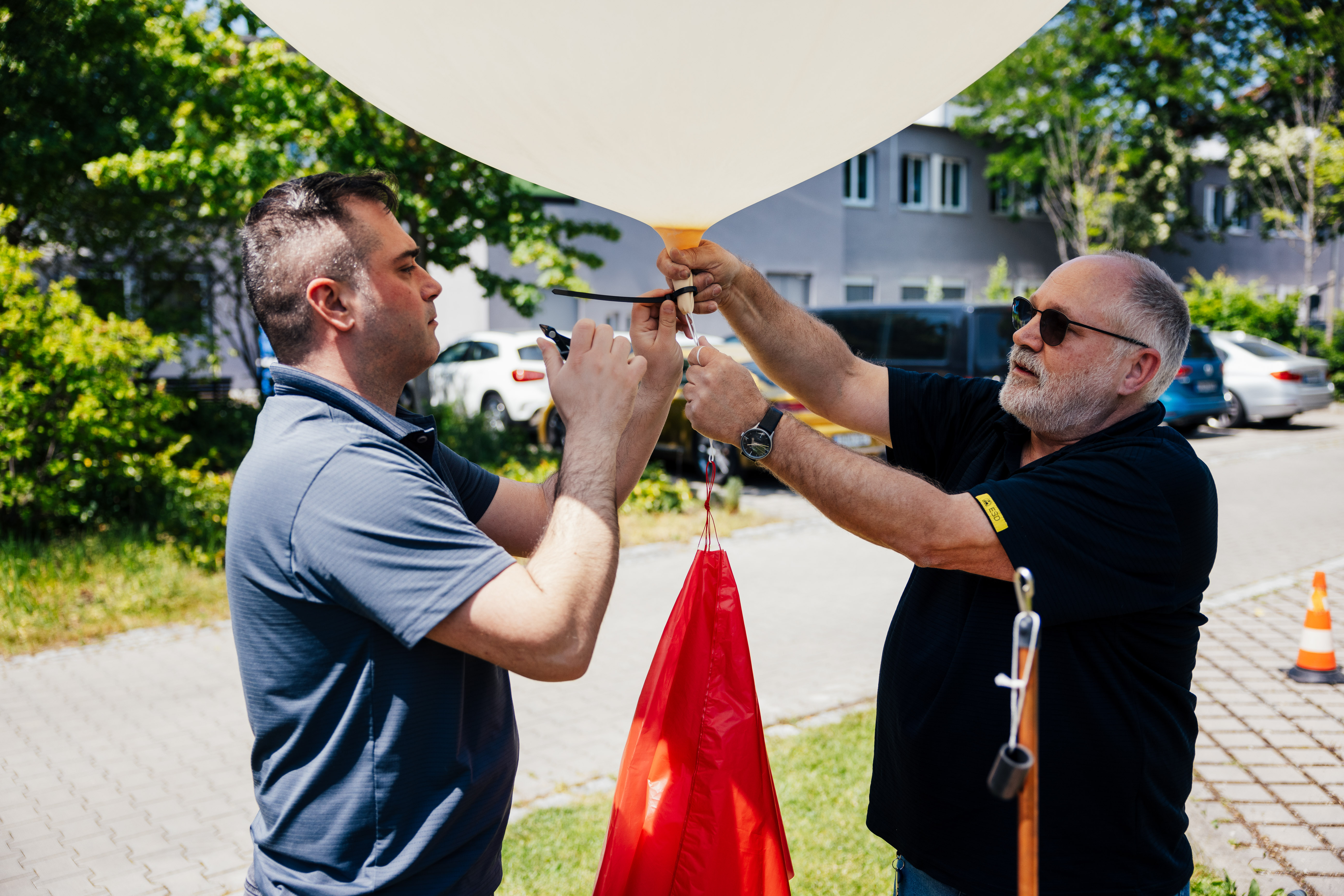Graw and our end-users are explicitly aware of the environmental impact of radiosondes. We are continuously trying to minimize these impacts by elevating the scientific and environmental benefits well above any potential ecological damage. Our radiosondes essentially consist of the following potential pollutants. Following is our explanation and approach toward mitigating any adverse effects on the environment:
back
Corporate mission
back
Sounding systems
Software
Accessories
back




